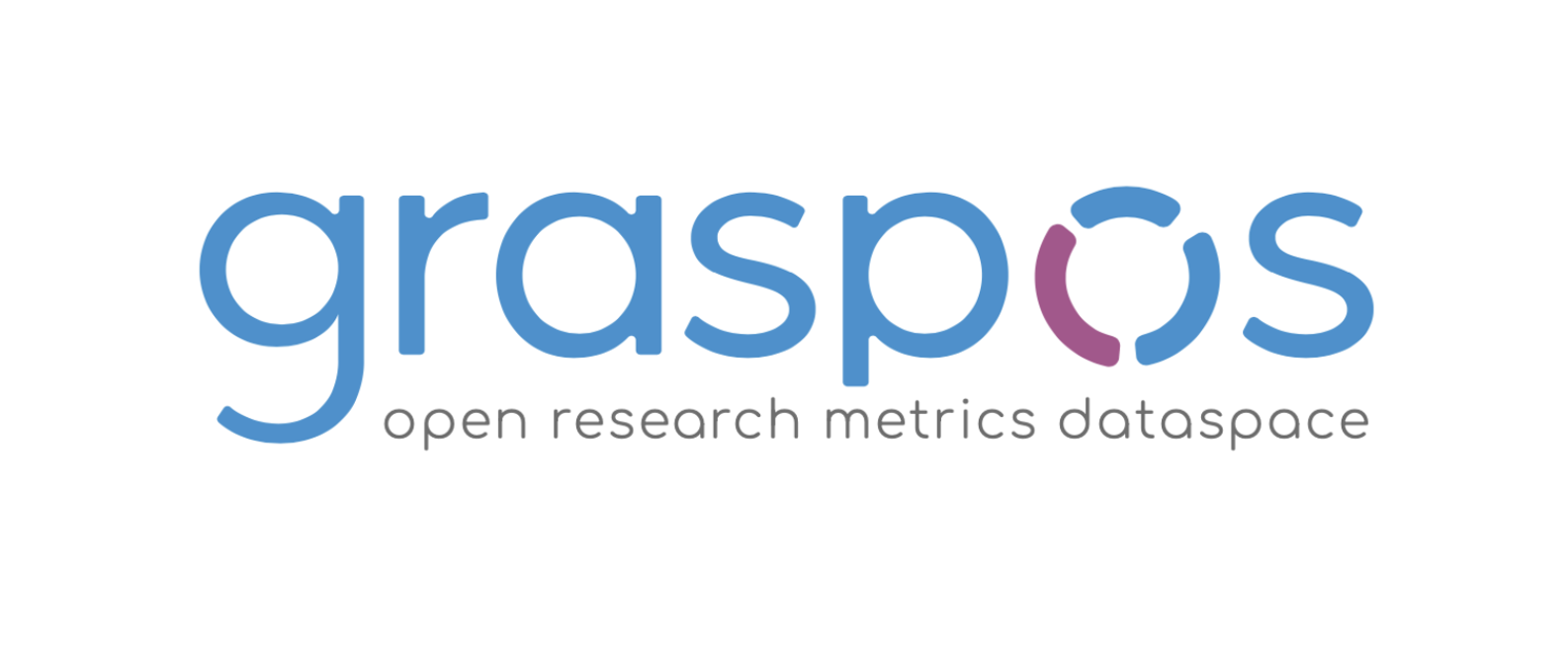Result description
The Open Science Assessment Framework (OSAF) brings together processes and infrastructure to support new, responsible research assessment practices. Processes refer to the planning and execution of assessments, while infrastructure involves interoperable services that align with modern research information systems.
On the process side, OSAF builds on existing resources identified in Open Science and Responsible Research Assessment domains. Central to this is the INORMS SCOPE framework, which provides a structured approach to assessments. As SCOPE is a high-level assessment framework, we augment it with numerous templates, guides, and checklists—collectively called the “OSAF resources.”
The role of the OSAF assessment-specific infrastructure is to technologically enhance the assessment processes. This weaving of process and digital technologies aims to prompt the development of new research assessment practices with ample space for contextualisation and experimentation, while also onboarding the process outcomes and assessment outcomes within contemporary research information systems and services. For example, each instance of the three services is minted with a Persistent Identifier (PID) together with an editable metadata record.
OSAF consists of three GraspOS services:
- Openness Profile – An editable display of an individual’s Open Science activities.
- Assessment Portfolio – Supports collaborative collection of inputs and evidence for assessments.
- Assessment Protocols Registry – Publishes completed assessment protocols for reuse.
Problem addressed
The Open Science Assessment Framework (OSAF) tackles the complexity and uncertainty of implementing new research assessment practices in alignment with the CoARA principles and commitments. Specifically, it addresses the challenge of collaboratively collecting and sharing a broader range of contribution types to be included in assessment events. At the same time, it supports the principles of transparency and reusability, both of which are essential for advancing responsible and Open Science practices.
